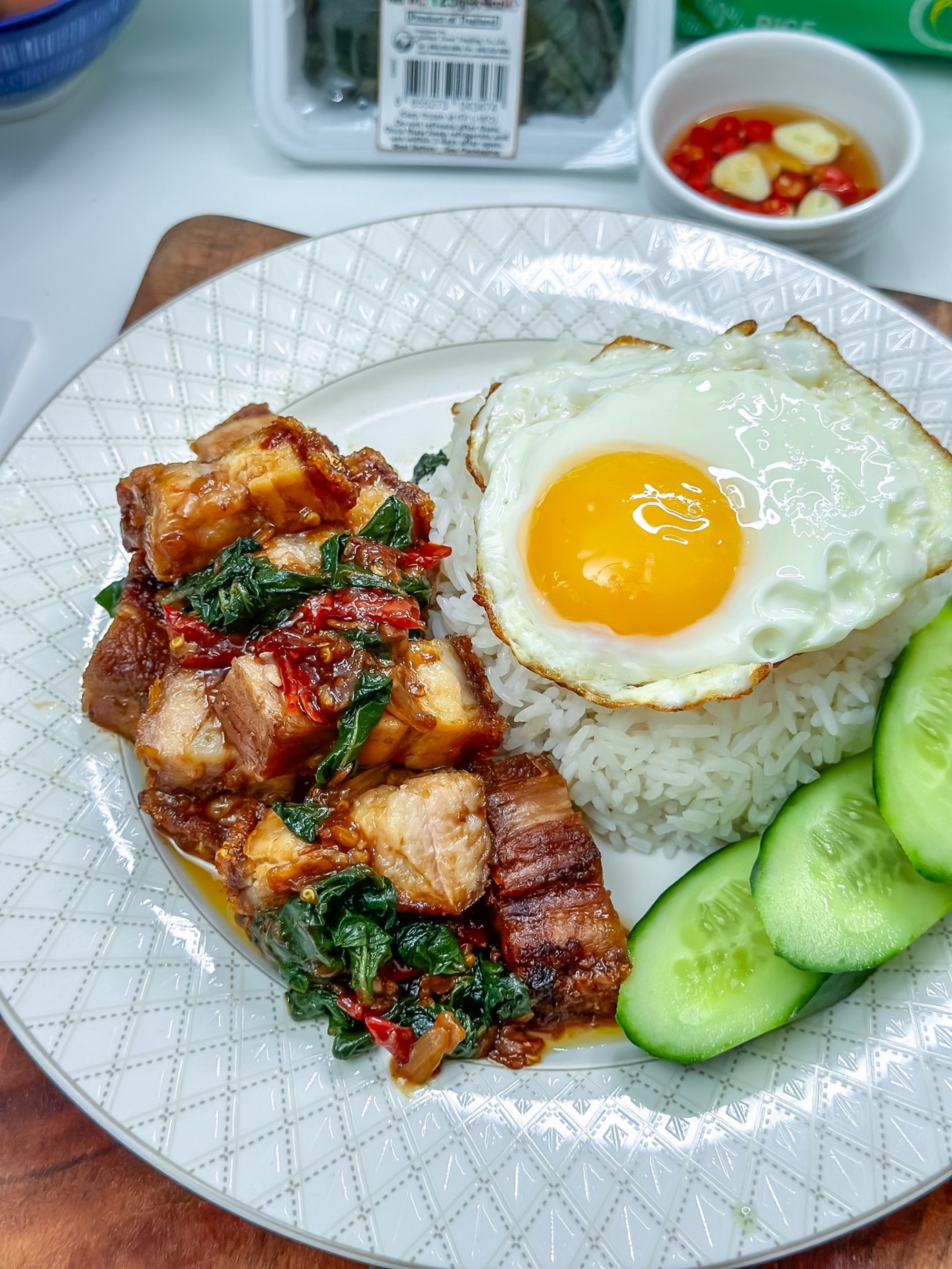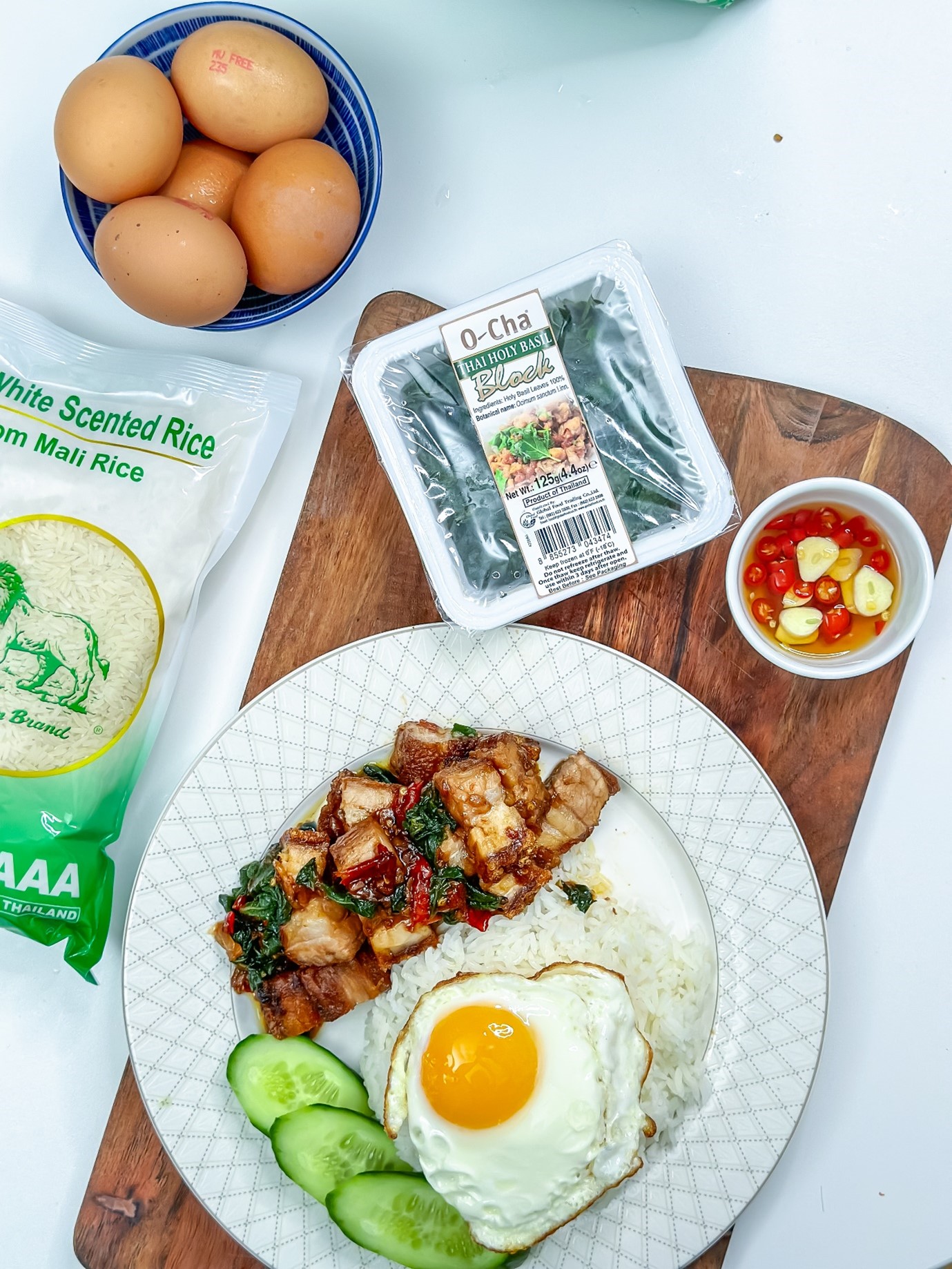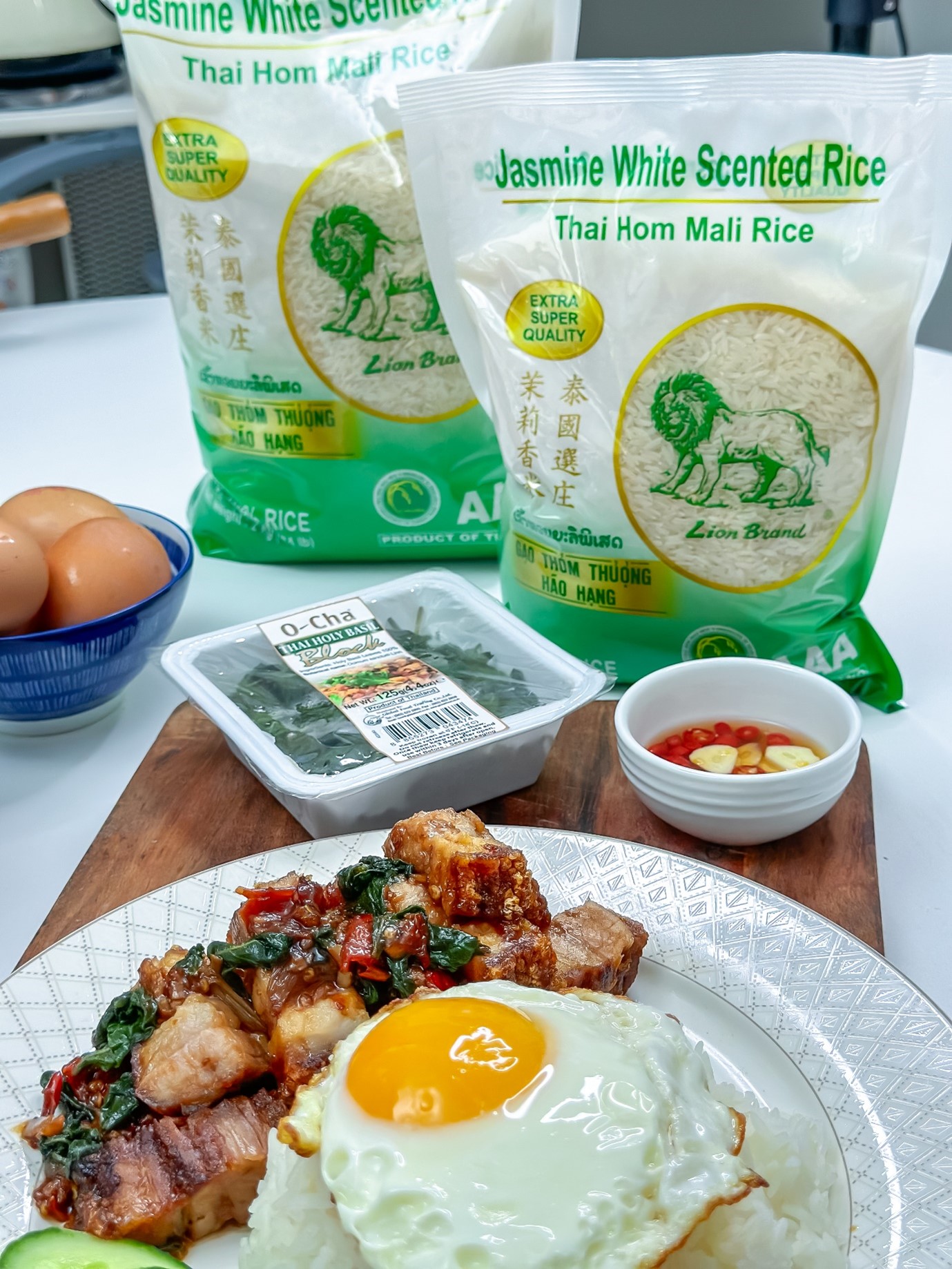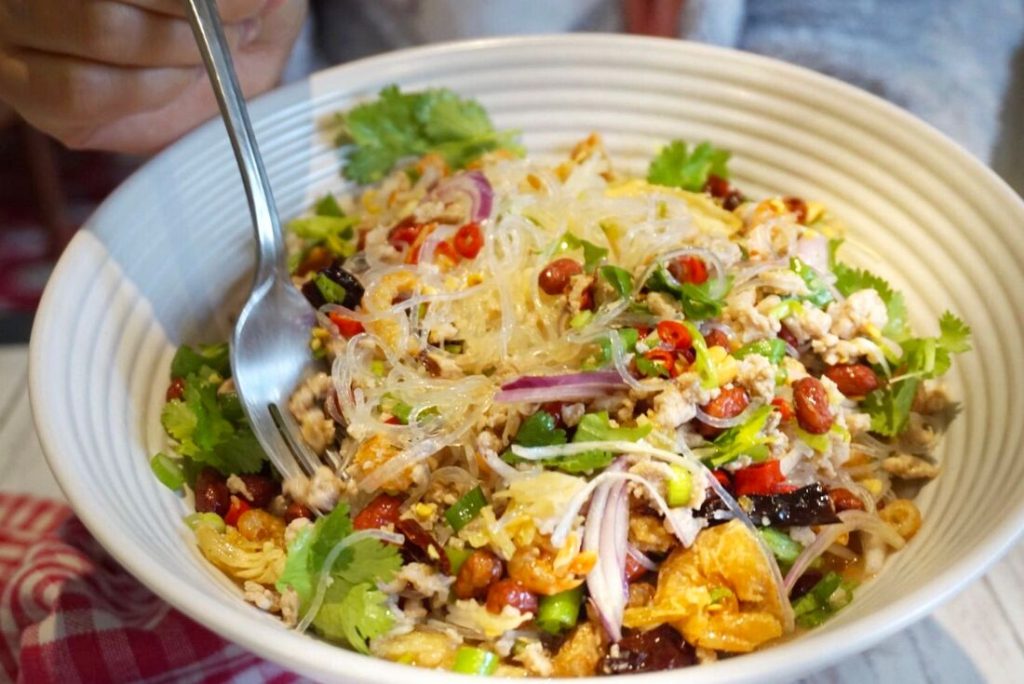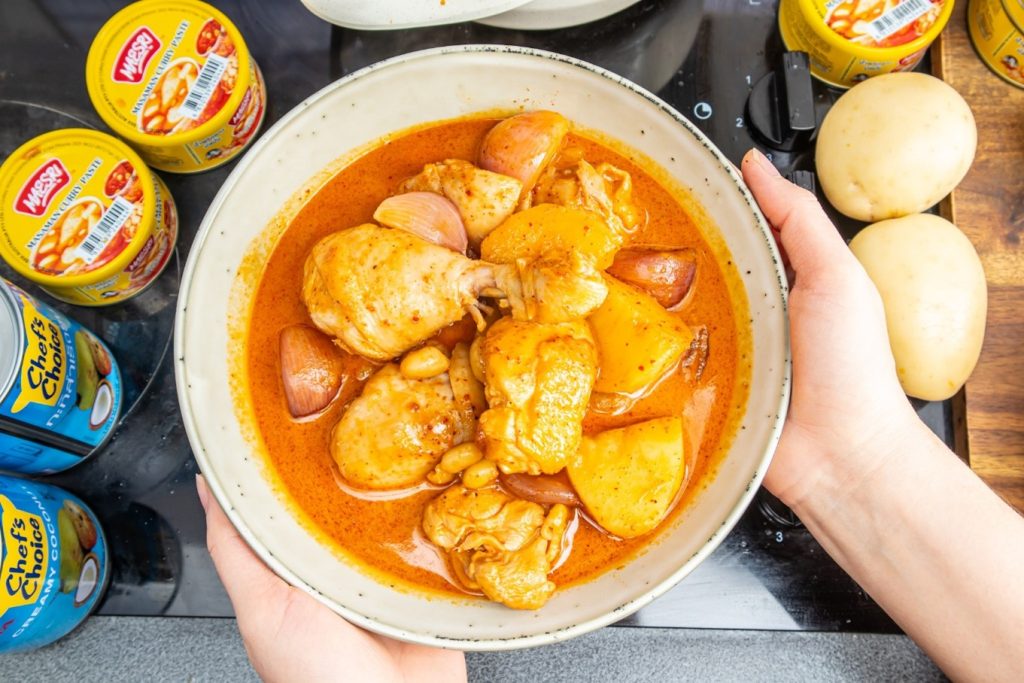Crunchy, delicious, spicy, and tasty— this is what makes Pad Kra Pao one of the top dishes in the world. This popular dish is a must-try in any Thai restaurant in Sydney. The actual recipe for Pad Kra Pao differs and varies between different households. Some people say that traditionally you should not use oyster sauce or seasoning sauce. Some say it tastes better with a bit of palm sugar. Whichever way you like, we say this is one of our tastiest recipes especially with a crunchy protein like crispy pork belly.
Visit Lion Brand blogger, Prem, for an easy recipe and follow her step-by-step guide for the crispy pork belly using just an air fryer!
There is one ingredient that you can never miss in the recipe—holy Thai basil. If you can find it fresh locally then that would be ideal, but frozen (like O-Cha basil cubes or blocks), also does a great job. If you haven’t heard about frozen holy basil, it is flash-frozen Thai holy basil that still retains the flavour and colour of the ingredient and does not turn black on cooking. However, if you can’t find holy basil, using sweet basil is a good alternative.
Do you know the other two elements you need to make your Pad Kra Pao experience complete? It’s steamed jasmine rice and a fried egg. To make a perfect fried egg with a runny yolk and a bubbling crust on the outside, click this link. It’s not what fried eggs look like with your bacon and egg or egg on toast. Trust me!
Let’s check what we have here to ensure our ingredients are below:
- Garlic: 3 cloves
- Bird-eye chili: 4-5
- Megachef Oyster Sauce: 1 tbsp
- Megachef Fish Sauce: 1 tsp
- Sugar: 1/4 tsp
- Megachef Sweet Dark Soy: 1/4 tsp
- Water: 3 tbsp
- O-Cha Holy Basil block: 3 tbsp
- Crispy Pork Belly: 200g
- Lebanese cucumber for garnish
Let’s start this Pad Kra Pao Moo Grob, a new menu that you will order or cook again and again.
- Add vegetable oil to the pan.
- Add crushed garlic and bird-eye chili and fry until you can see bubbles coming out of the garlic.
- Add oyster sauce, fish sauce, sugar, sweet soy sauce. Mix well and let it simmer down a bit. This creates Pad Kra Pao Sauce.
- Add chopped crispy pork belly to the pan followed by holy basil. If you use frozen basil, let it defrost and leave it in a bowl of water for quick defrosting.
- Stir all ingredients together over high heat and turn off the gas.
- Have a cup of steamed rice ready for plating.
- Plate your delicious Pad Kra Pao Moo Grob, garnish with slices of Lebanese cucumber, and top with a fried egg.
Then serve with Prik Nam Pla, accompanied by fresh chopped chili and garlic to complete the dish. If you want to learn how to make a proper Prik Nam Pla without any hassle or need for a stove, click here to watch a video that will walk you through quick and easy steps to make this wonderful condiment to go with Pad Kra Pao.
The difference between Pad Kra Pao Moo Sub (minced pork) and Pad Kra Pao Moo Grob (crispy pork belly) goes beyond the main ingredient used in this recipe. You’ll notice that the instructions differ as well. The crispy pork is added almost last or at the same time as the holy basil. This is to maintain the crispiness and juiciness from the inside, ensuring it won’t become dry and chewy.
It’s like making a Pad Kra Pao sauce first, letting it simmer and thicken, then adding chopped crispy pork belly to be coated with the sauce.
Try this at home, and you will make this dish like a restaurant.


